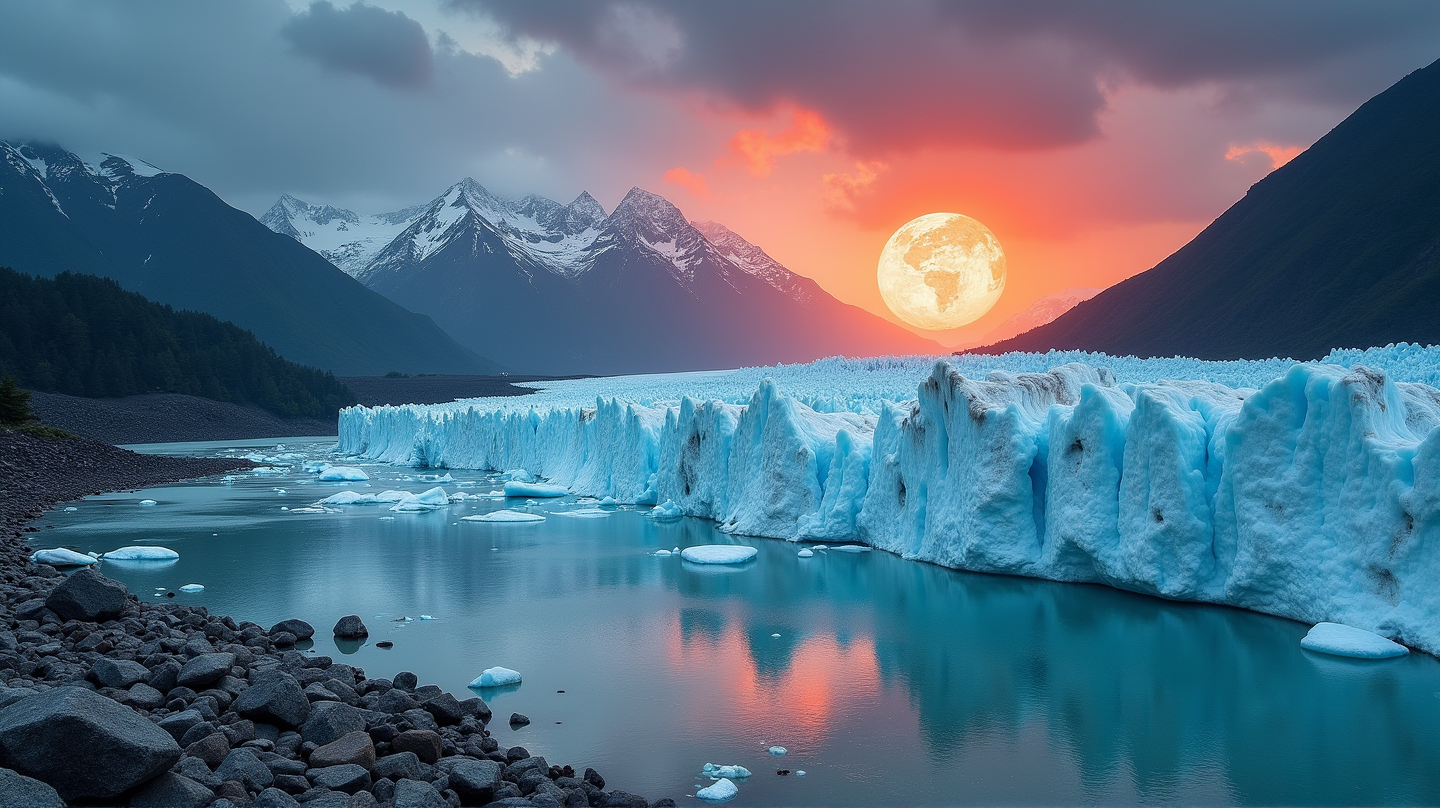Impending Disappearance: Indonesia's Glaciers on the Brink

The frosty peaks of Indonesia, an unexpected haven for glaciers in the tropics, are teetering on the cusp of oblivion. If current predictions hold, these majestic ice formations may completely vanish by 2026, starkly reminding us of the tangible impacts of global warming.
A Ticking Clock
Indonesia’s glaciers, primarily located in the Puncak Jaya region, are among the last vestiges of equatorial ice caps. Experts have sounded alarms, citing that these glaciers have been retreating at an alarming pace over the past few decades. The alarming rate of glacial melt in this region is a testament to the broader crisis of climate change. According to Kyodo News+ | Japan's leading news agency., the accelerated pace of melting is largely attributed to rising temperatures globally that have not spared this tropical archipelago.
Global Warming’s Icy Reach
The fate of Indonesian glaciers highlights the far-reaching consequences global warming imposes, even beyond the poles. The once-standing, icy giants are now shrinking rapidly due to persistent temperature rises and environmental changes. This stark transformation not only poses geological concerns but also threatens local ecosystems reliant on these icy habitats.
A Pioneering Warning
Prominent climate scientists emphasize that the potential disappearance of these glaciers serves as a critical warning. They urge policymakers worldwide to view this impending loss as a catalyst for immediate and robust climate action. This event should inspire international efforts to curb emissions and foster sustainable environmental practices, as Indonesia’s glacial loss forecasts a future scenario that could soon befall other regions if left unchecked.
Echoes of Change
Beyond scientific circles, the vanishing glaciers have permeated local narratives. In the Puncak Jaya highlands, these glaciers are ingrained in cultural identities and indigenous lore, adding a layer of socio-cultural loss to environmental concerns. The local communities are urged to adapt to the changing landscapes, a transition marked by both ecological and sentimental upheaval.
What Lies Ahead?
As experts continue to monitor and document these dramatic changes, the call for comprehensive climate action has never been more urgent. While the glaciers’ impending disappearance paints a grim picture, it also serves as an opportunity – a rallying cry to spur collective global action to mitigate further climate catastrophes.
In the face of this icy vanishing act, the world stands at a crossroads. Will we act decisively to forge a sustainable path forward, or will we let time melt away like the glaciers themselves? Only through united effort can we hope to safeguard these natural wonders for future generations.

